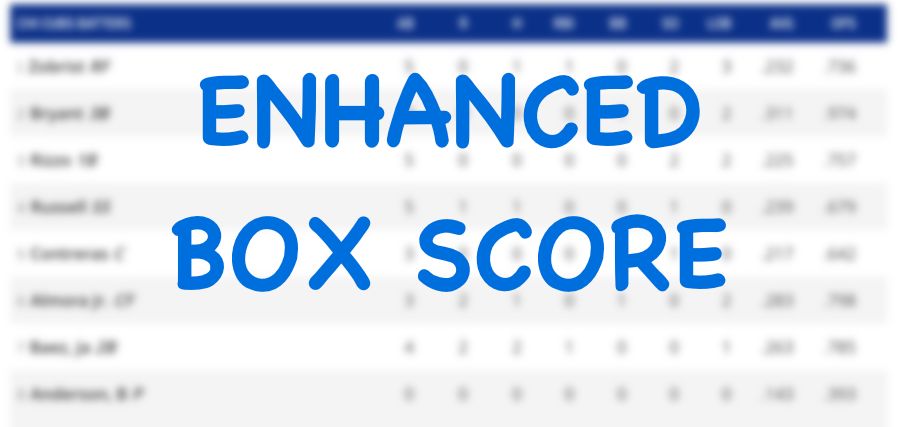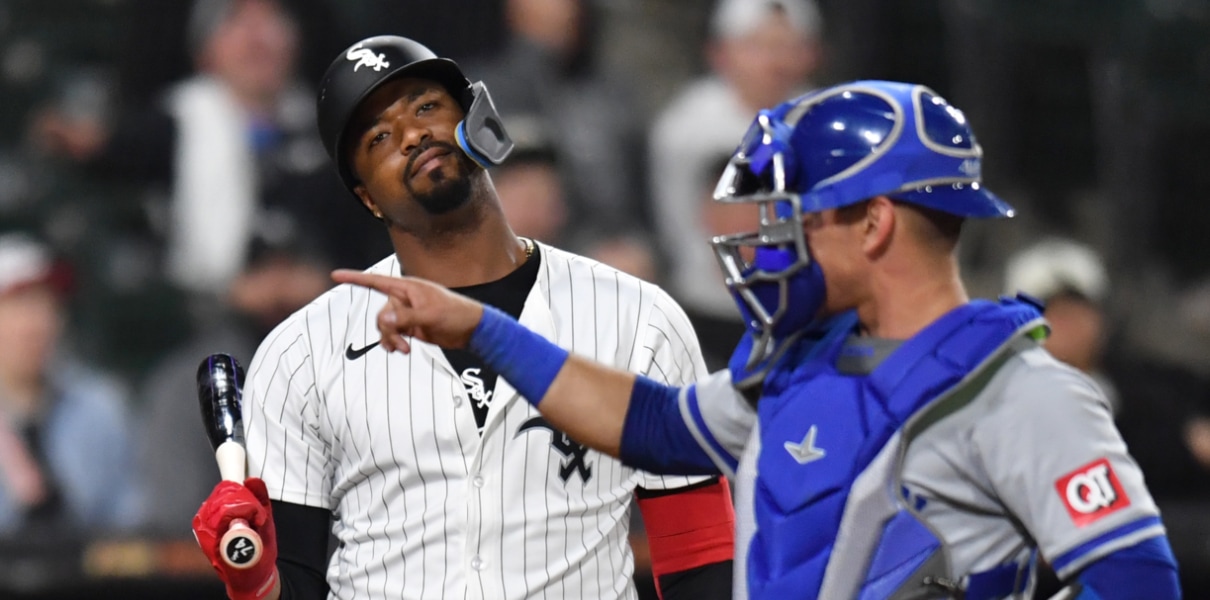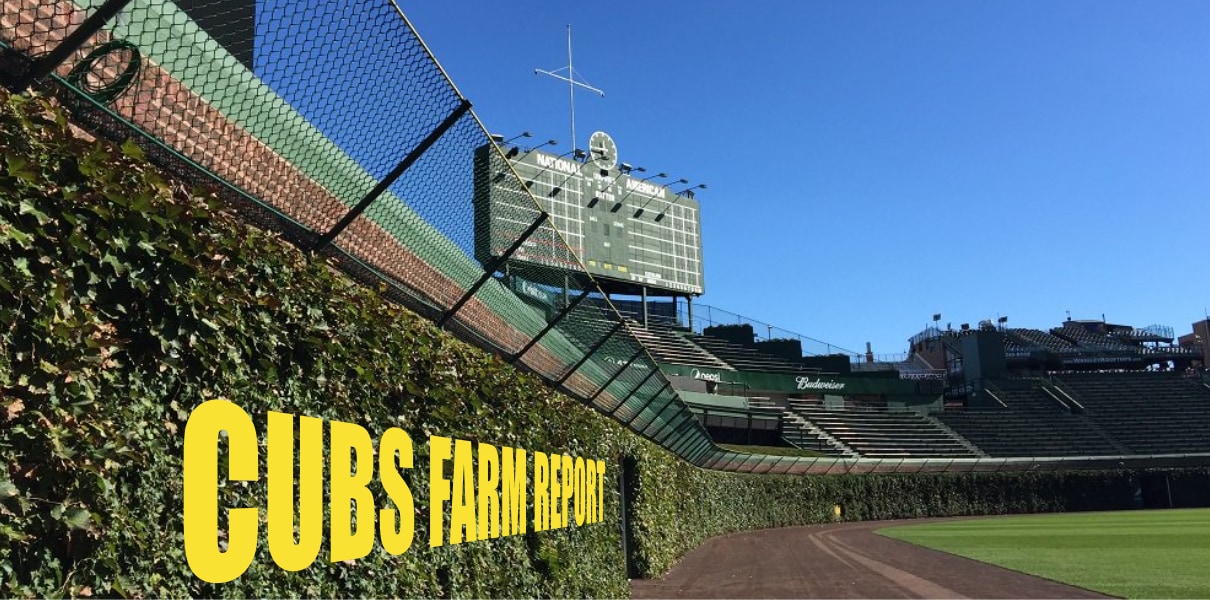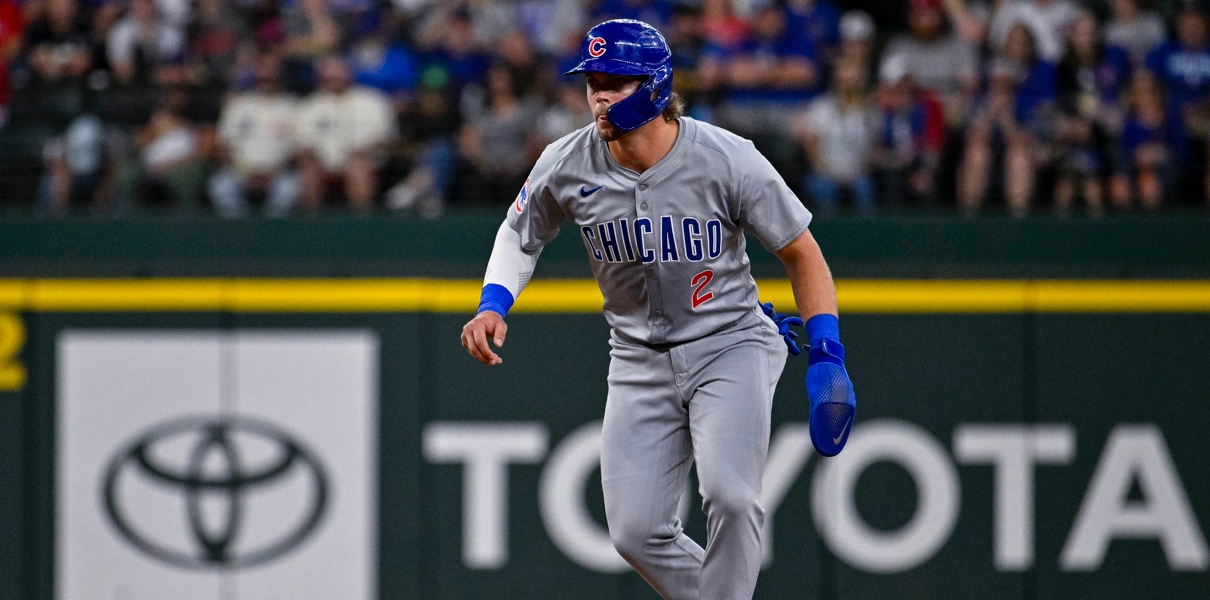
As an engineer, with enough business management classes under my belt to make me dangerous, I know that it’s important to recognize the value, worth, and importance of resources, or assets, to a business. Be it your neighborhood tavern, a nuclear power plant, or a baseball team on the north side of Chicago, assets are king. The difference, obviously, lies in what each industry’s assets are.
Baseball is not unique. A team’s assets can be fixed (something that isn’t easily moved), like Wrigley Field, or more, liquid (something easily moved or traded). Today, I will attempt to briefly explain interrelation between a team’s more liquid assets, including dollars, prospects, MLB ball players, and draft picks. The assets will be compared using WAR*, which is essentially the unofficial currency of baseball.
*Wins Above Replacement, or WAR, is a baseball statistic developed to determine the value of a player’s total contributions to their team derived from baserunning, batting, fielding, and pitching above a replacement level player. While WAR isn’t perfect, it is a common measurement across all ballplayers, which is perfect for the discussion at hand. I prefer Fangraphs’ WAR, so that will be the reference I use throughout.
A team’s personnel, and their subsequent payroll, can be categorized into several bins: free agent types, controlled younger players, and prospects.
Free agents are typically the most straightforward to deal with. A team can directly swap dollars for WAR (or vice versa), with a high degree of certainty. For example, in 2013, the Cubs signed Dioner Navarro for $1.8 million. According to Fangraphs, he had a WAR of 1.7 wins. Pretty sweet for a backup catcher. Sadly Dioner, like all of us, can’t help getting older. As free agent types age, their baseball prowess naturally fades. And yet, Dioner recently signed with the Blue Jays for two years and $8 million. While it’s possible Dioner was slightly undervalued, like so many free agents before him, his current monetary value is heavily predicated on the previous year’s WAR. Such is the nature of the free agent beast; more often than not a team will pay for past performance, only to see a decline in production, and a swift increase in the $/WAR ratio.
The natural decline in performance over time makes signing new free agents all the more treacherous. Father time isn’t the only enemy in this battle. As Brett explained it previously: “…when a team signs a free agent who has been extended a qualifying offer (i.e., the best of the best free agents), that team loses its first round pick the next year [unless] that team picks in the top 10 picks. In that instance, all that is lost is a second round pick.”
This means that if you signed one of baseball’s best players as a free agent, you would be certain to lose a draft pick, which is a serious loss of a baseball asset / WAR. For example, FanGraphs calculated losing a number 16 pick to about $8.3 million, or 1.4 WAR! For comparison, Nate Schierholtz had a 1.4 WAR in 2013. In other words, signing that free agent today can lose you that cost effective right fielder in the future.
One subtle benefit of some lesser known free agents is their team controlled contracts. These sorts of players are the “one year, $1 mil” deals the Cubs oft sign. While these signings may help fill a team need or add bench depth, they serve another purpose. These players are excellent “sell high” candidates, whose meager salary can be turned into cash and or prospects (i.e. Scott Feldman). These are typically low risk signings that can turn into nice prospects down the line.
As you can see, while free agents look great at first glance, they aren’t what they seem, especially the big name types. Aging, draft pick compensation, and salaries indicative of past performance equate to low $/WAR ratios. In the Baseball Fruit Salad, free agents are like buying nice, ripe fruit, at a heavy premium with a short life span.
So if free agents alone aren’t the rocketship to the top, what is? A really, really solid start would be young, cost controlled players. These players are typically much cheaper than a free agent, but oft with rivaled production, especially as the player matures and develops. Unlike a free agent, who may have no trade clauses or limited contracts, a younger player is likely to be under team control for much longer, over more of the player’s most effective years. An extreme example? In 2002 and 2003, Alfonso Soriano had 10.5 WAR. Pretty good, considering his combined salary was $1.4 mil! Closer to home, Anthony Rizzo had a 1.7 WAR in 2012, with a meager salary of $500,000. Cheap and wildly effective, these sorts of players have immense value in the $/WAR department. Think of them as buying some fruit at the local farmers market; cost effective, homegrown, and once mature, good for a healthy life span.
So then, the Cubs should just go down to the corner store and sign all of the young, cost controlled players, right? Trust me, if such store existed, there would be 30 GM’s lined up every morning (and, likely, a very successful Starbucks next door). With the rare exception of certain international players, such players, before they are stars, are prospects within the farm system. Prospects are the trickiest of all of the assets discussed. The vast majority of all prospects don’t even record an out in the big leagues, let alone become a team’s cornerstone. Worst yet, projecting the worth of a prospect is a widely varying and maddening endeavor. Take Brett Jackson. In 2011, he was arguably the Cubs’ best prospect. He was a lock as the future center fielder. Done deal, right? Now, in 2013, he is still in Tennessee at AA, and off of just about everyone’s radar. In the matter of two years, this asset lost significant value.
This example highlights the treachery of prospects. Any value gained by their relative low cost is parried by their inherent risk. This is one reason why teams hedge their bets and keep several prospects in the same position (think of the stable of Cubs 3rd base prospects). This gives insight into why a team will spend millions into offseason training facilities, all in an effort to raise the value of the team’s prospects. Think of these facilities as the crisper drawer in your fridge; a place to help your underripe fruit mature in a slow, controlled method until they are ready to shine.
While it is difficult to accurately estimate the value of a prospect in the future, this doesn’t mean prospects don’t have current value. This is best highlighted with the trade of Matt Garza to the Rangers for third base prospect Mike Olt and pitching prospects C.J. Edwards, Justin Grimm, and Neil Ramirez. In baseball currency terms, a pitcher who ended with a WAR of 2.2 in 2013 was swapped for two top pitching prospects (Edwards and Ramirez are in most Cubs’ top 10/15 lists) and Olt, who is candidate to be the 2014 3rd baseman. To the Rangers/Cubs, these four prospects’ current value (and potential future worth, low cost, etc) were equal to the current value of Matt Garza. I don’t have a crystal ball, but I would bet my prized BN t-shirt that, in 2016, the combined worth of the prospects will eclipse Garza’s. Simply put, the Cubs traded a few WAR today for potentially many more WAR tomorrow. This is a great way teams, especially ones with a fixed budget (read: not the Dodgers), accrue value in their assets without spending a dime. Think of prospects as picking fruit from your tree out back. The chance of getting great fruit is low, but the price is right, and there’s a seemingly endless supply to choose from. And who knows, if you know what to look for, you could just find the cream of the crop.
While there may not be a young stud ballplayer store, there are vehicles by which teams acquire prospects: the domestic draft and the international free agent pool. As I’ve stated above, a team’s draft pick/international spending money has real value, as highlighted in the FanGraphs article above. Draft picks and/or signing pool dollars are direct assets to a team, and (in some cases) can be traded like prospects, or lost in signing free agents. This again is an avenue where a team can convert their meager dollars into a large amount of baseball currency, both today and tomorrow.
So, as you can see, it is paramount for a team to diversify their baseball currency. A team full of free agents will be expensive, and success will be short lived. A farm system of prospects is great, in three years. A team full of young studs with great $/WAR ratios exist only in an executive’s dream. The perfect organization will have several young, cost effective players, a deep farm system (both for now and later), all sparingly supplemented by free agents as needed. Just like in fruit salad, a successful team needs a mix of the right parts, maturing at the right time, with the farm well stocked to reload as required.































